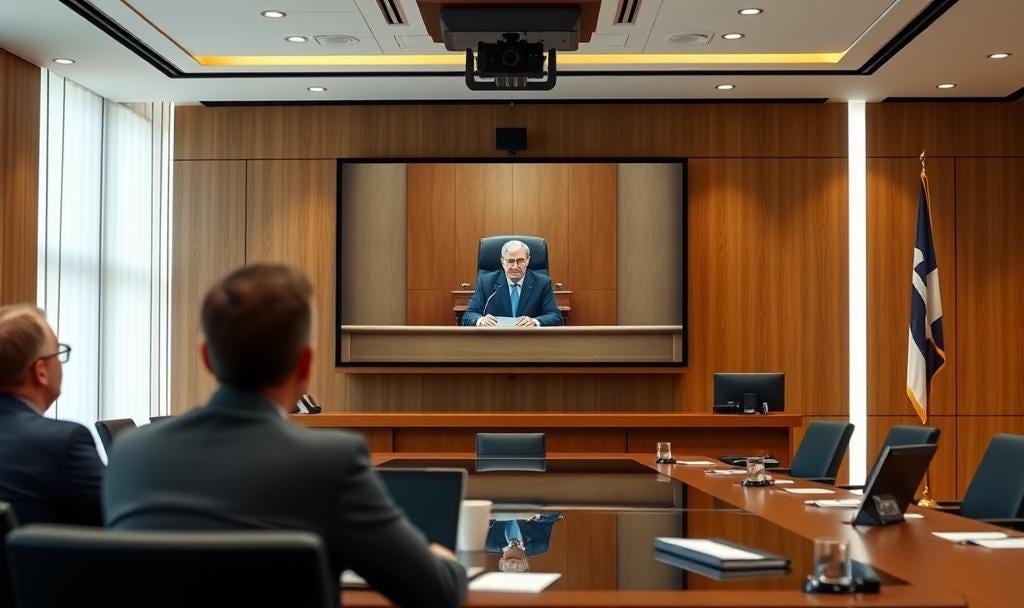Why Virtual Advocacy Is Actually Better for Justice
The legal profession is having a meltdown over virtual hearings - and it's revealing everything wrong with how our leaders think about legal practice.
Earlier this week, two Canadian legal luminaries argued that the limits imposed by the Supreme Court on lawyers acting for intervenors to only present arguments virtually deny the legal profession "hands-on training in the advocacy crucible of the courtroom."
Here's why their arguments reflect a legal profession disconnected from reality - and why we should double down on virtual advocacy instead.
The Real Cost of "Tradition"
Let's be honest about what in-person advocacy actually delivers in 2025:
For clients: Higher legal bills as lawyers bill travel time, accommodation costs, and hours spent waiting in courthouse corridors instead of preparing stronger arguments.
For marginalized communities: Barriers to accessing justice when they must choose between quality representation and basic needs.
For the justice system: Delays, inefficiencies, and accessibility limitations that serve lawyer comfort more than legal outcomes.
The authors worry about lawyers missing "hallway whispers between counsel" and losing the ability to "read justices' facial expressions."
But appellate success depends on legal reasoning and compelling arguments - not courtroom theatrics.
The Evolution Opportunity
Here's what the legal luminaries missed: today's emerging advocates are developing their skills in virtual environments, not physical ones.
Five years from now, these lawyers will likely be stronger virtual advocates than they would be in traditional courtrooms. We're not losing training opportunities - we're evolving them for the world our clients actually live in.
As someone who's argued in both physical and virtual courtrooms, I've seen what remote access really delivers:
Hearings that start on time instead of lawyers billing hours in courthouse corridors
Clients who avoid paying travel expenses that fund lawyer logistics, not legal arguments
Stronger case preparation when lawyers spend time researching instead of traveling
Accessible justice for communities that couldn't previously afford representation
Sustainable practices that don't require lawyers to choose between client service and family commitments
The Accessibility Revolution
The Supreme Court's virtual policy expands access to justice beyond parties lucky enough to afford travel expenses for their advocates.
This isn't about convenience - it's about fundamentally reimagining how legal services can serve everyone, not just those with deep pockets.
When we insist that "real advocacy" only happens in physical courtrooms, we're essentially arguing that justice should be limited to those who can afford the overhead of traditional legal practice.
Why This Matters for Your Business
Whether you're scaling a growing company or building a sustainable practice, this debate reveals a critical choice every professional faces: Will you embrace tools that serve your clients better, or cling to traditions that serve your comfort better?
The legal profession's resistance to virtual advocacy mirrors broader professional resistance to change.
But the businesses and practices that thrive are those that ask: "How can we deliver better outcomes more efficiently?" not "How can we preserve the way we've always done things?"
The Supreme Court chose progress. The question is: will you?



